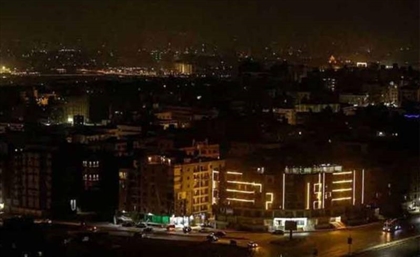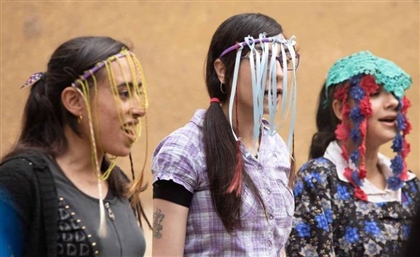Digital Unwrapping of King Amenhotep I's Mummy Unveils Ancient Secrets
Dr. Zahi Hawass and Dr. Saher Saleem of Cairo University digitally scanned the untouched mummy of Amenhotep I, allowing them to see within it without disturbing the remains.
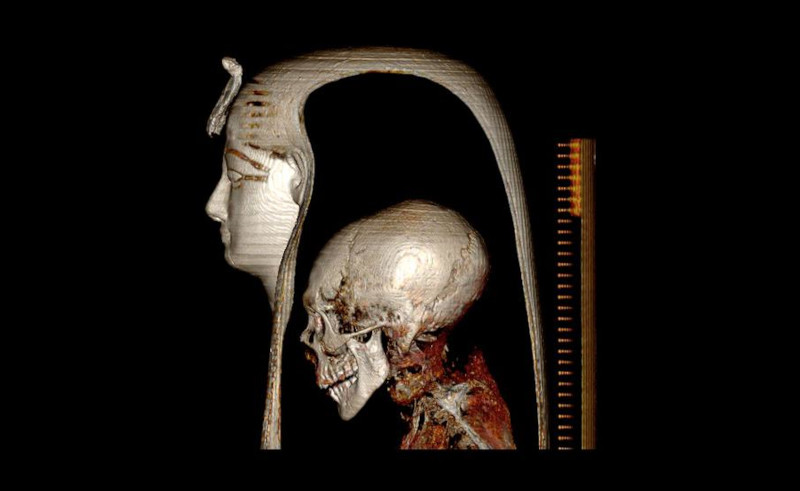
Between 1525 and 1504 BC, Amenhotep I was the ruler of Egypt, a young pharaoh who suddenly ascended the throne. In 1881 AD, the mummy was discovered by a French Egyptologist, who vowed never to unwrap it after seeing how beautifully sealed it was. In 2021 AD, one April evening, his mummified remains led the Pharaohs' Golden Parade, which carried many of Egypt's most revered mummies from the Egyptian Museum in Tahrir to the National Museum of Egyptian Civilization in Fustat.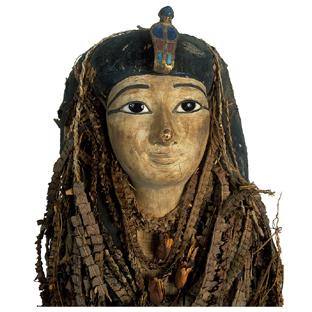 In all that time, however, his mummy had remained unwrapped by researchers. For centuries it stayed hidden, sealed within its sarcophagus with its beautiful face mask - until now.
In all that time, however, his mummy had remained unwrapped by researchers. For centuries it stayed hidden, sealed within its sarcophagus with its beautiful face mask - until now.
Dr. Zahi Hawass and Dr. Saher Saleem of Cairo University digitally scanned the pharaoh's mummy, allowing them to see within it without disturbing the remains. While the mummy stayed safe and untouched, the Egyptologists used advanced computed tomography and hundreds of high-res X-ray slices to digitally unwrap the mummy and map out Amenhotep I's skeleton and soft tissue.
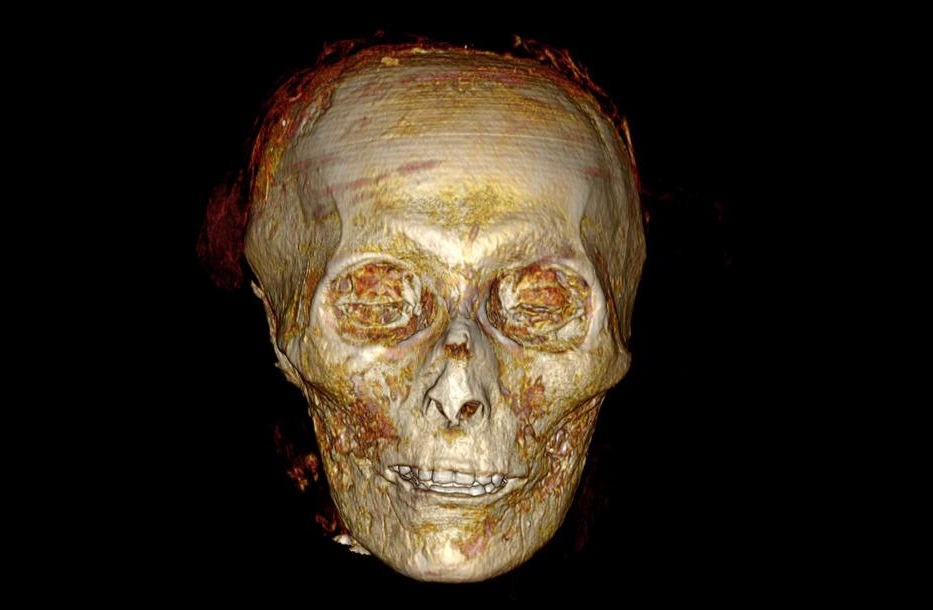 Since New Kingdom mummies were especially well-preserved, the scans were able to reveal meticulous details of the king's life. The bone structure showed that he was around 35 years old and 168.5 cm tall when he died. Further analysis also showed that he had no symptoms of illness or disease, meaning he died in relatively good health. The king’s brain was also still in his skull, rather than removed like in other mummy burials.
Since New Kingdom mummies were especially well-preserved, the scans were able to reveal meticulous details of the king's life. The bone structure showed that he was around 35 years old and 168.5 cm tall when he died. Further analysis also showed that he had no symptoms of illness or disease, meaning he died in relatively good health. The king’s brain was also still in his skull, rather than removed like in other mummy burials.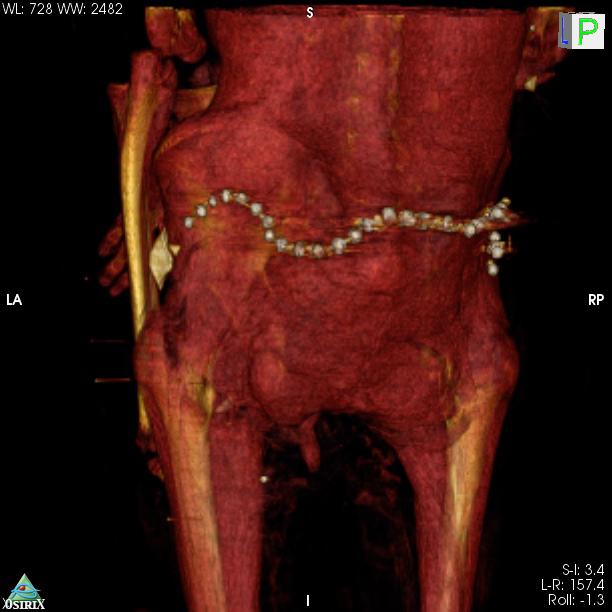 Most illuminating of all was the nature of his wrappings. Previous scans showed that the mummy had to be re-embalmed after Amenhotep I's tomb was plundered, 300 years after his death, and Saleem hypothesised that the priests pocketed some of the jewellery that was placed in his body and wrappings. But these new scans tell a different story, where priests carefully and lovingly re-embalmed their king, leaving plenty of jewellery behind. No wonder, then, that the mummy was pristine enough to leave researchers in awe thousands of years later - a testament to Egyptians’ enduring dedication to the preservation of their own culture.
Most illuminating of all was the nature of his wrappings. Previous scans showed that the mummy had to be re-embalmed after Amenhotep I's tomb was plundered, 300 years after his death, and Saleem hypothesised that the priests pocketed some of the jewellery that was placed in his body and wrappings. But these new scans tell a different story, where priests carefully and lovingly re-embalmed their king, leaving plenty of jewellery behind. No wonder, then, that the mummy was pristine enough to leave researchers in awe thousands of years later - a testament to Egyptians’ enduring dedication to the preservation of their own culture.
- Previous Article ‘Mulid El-Magnoun’ EP by Yunis Explores Sufism & the Egyptian Wedding
- Next Article MITEF Arab Startup Competition Announces Semi-Finalists







